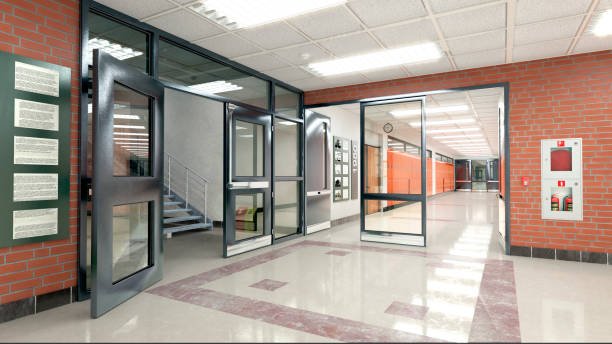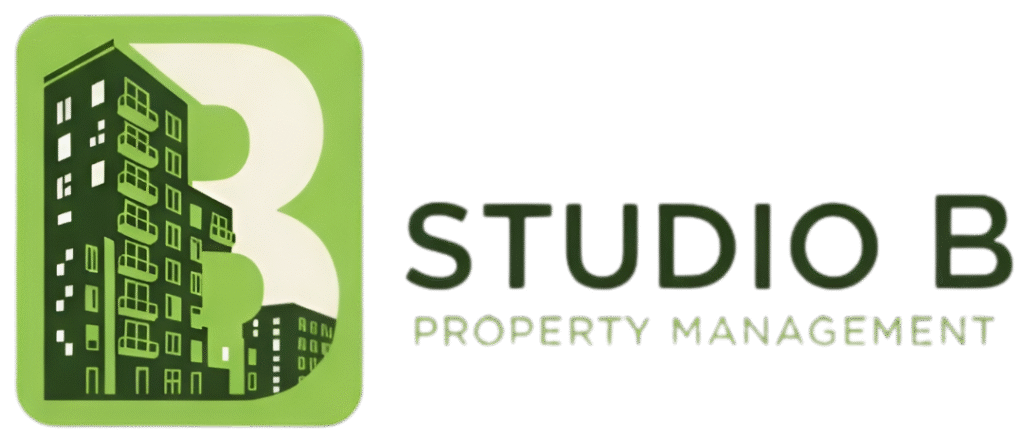Discover Studios, Services & More Across USA | StudioBDTLA
Studio Safety Tips: Keeping Your Space Secure in 2025

Your studio is more than just a workspace—it’s where your creativity thrives, your equipment lives, and your projects come to life. Whether you run a photography studio, podcast room, art loft, or recording booth, keeping your space secure should be a top priority in 2025.
Table of Contents
With increased reliance on expensive tech, smart systems, and rented spaces, studio owners today face new challenges in both physical and digital security. In this guide, we’ll walk you through the essential safety tips to protect your studio from theft, accidents, and unauthorized access.
Why Studio Security Matters More Than Ever
As more creators turn their studios into full-time businesses or rentable venues, the risks of damage, theft, and breaches increase. Many creative studios house thousands of dollars worth of equipment—from cameras and lights to computers and sound systems. In addition, shared spaces and client traffic introduce new vulnerabilities.
Investing in safety measures isn’t just about insurance—it’s about protecting your work, your reputation, and your peace of mind.
Evaluate Your Studio’s Risk Profile
Start by understanding what security threats apply to your specific studio setup. Are you in a high-traffic urban area? Do you allow renters or collaborators into your space? Do you have smart tech connected to the cloud?
By evaluating your surroundings and usage, you’ll be better prepared to implement the right safety protocols.
Common Security Risks for Studios in 2025
Unauthorized access by guests or renters
Theft of equipment or personal items
Cybersecurity breaches through smart devices
Fire or electrical hazards from overloaded setups
Physical injury from unsecured or misused gear
Install Smart Locks and Entry Systems
Traditional locks are no longer enough. In 2025, smart entry systems offer both convenience and control. Choose a keyless system that allows you to assign temporary access codes to guests, monitor entry logs in real time, and revoke access instantly if needed.
Options like keypad entry, fingerprint scanners, or app-based door control provide a reliable, modern solution—especially useful for studios rented out for shoots or events.
Set Up a Camera Surveillance System
Visible security cameras act as both a deterrent and a documentation tool. Indoor and outdoor cameras can help monitor activity during off-hours, alert you to suspicious behavior, and even assist in investigations in the event of a break-in.
Choose cameras that offer 24/7 cloud backup, motion detection, and mobile notifications. Place them strategically at entrances, storage areas, and hallways without invading your creative privacy.
Protect High-Value Equipment
Cameras, microphones, lighting rigs, and editing computers should always be stored safely when not in use. Consider locking storage cabinets, gear vaults, or wall-mounted brackets that keep items secure and organized.
If you rent out your studio, label your equipment and use tracking tags (like Apple AirTags or Tile) for extra peace of mind.
Keep Your Digital Studio Safe Too
Studios today are filled with connected devices—smart lights, voice assistants, remote security systems, and cloud-based editing stations. Protect your digital assets with:
Secure Wi-Fi protected by strong passwords and network segmentation
Two-factor authentication on all logins and cloud services
Encrypted backups of important files and recordings
Regular software updates on all smart equipment
Limited admin permissions for collaborators or renters
Fire Safety and Emergency Planning
Overloaded circuits, exposed wires, and poor ventilation can quickly lead to hazards. Make sure your studio is fire-code compliant with:
Proper extension cords and surge protectors
Accessible fire extinguishers and smoke detectors
Clear exits and emergency lighting
Routine inspections of all wiring and power sources
Also, ensure all team members or renters know what to do in an emergency. A printed safety guide near the entrance can be helpful.
Liability and Insurance
No matter how careful you are, things can still go wrong. Protect your business with the right insurance policies:
General liability insurance to cover client injuries
Business property insurance for damaged or stolen equipment
Renter’s insurance if your studio is located in a shared or leased space
Document your assets, including receipts and serial numbers, to make filing claims easier.
Screen Your Clients and Guests
If your studio is open to clients, freelancers, or renters, screening becomes essential. Create a simple intake or booking form that collects details like purpose, required equipment, and duration of use.
Consider conducting quick video calls with first-time renters to verify identities and set expectations. You can also require photo ID at check-in or ask guests to sign basic usage agreements.
Use Access Logs and Visitor Management
Track who enters and leaves your studio with digital logs. Whether you’re using a smart lock, a sign-in sheet, or a booking platform with check-in features, having a record of studio use helps ensure accountability.
For larger studios or event spaces, visitor management apps can also help coordinate bookings, send automatic reminders, and verify guest credentials.
Studio Safety for Solo Creators
If you often work alone, extra precautions are crucial. Make it a habit to notify a friend or family member when you’re working late or inviting someone to your space. Keep a phone nearby and consider a wearable emergency alert device if your studio is isolated.
Use curtains, window film, or sound masking to keep your work discreet and avoid drawing attention from the outside.
Final Thoughts
Keeping your studio secure in 2025 is about blending smart technology with common sense. A safe studio allows you to focus on your craft without worry—whether you’re mixing tracks, shooting a campaign, or hosting collaborators.
By investing in proper locks, surveillance, cyber protection, and smart planning, you ensure that your creative space remains a place of innovation, not interruption.
